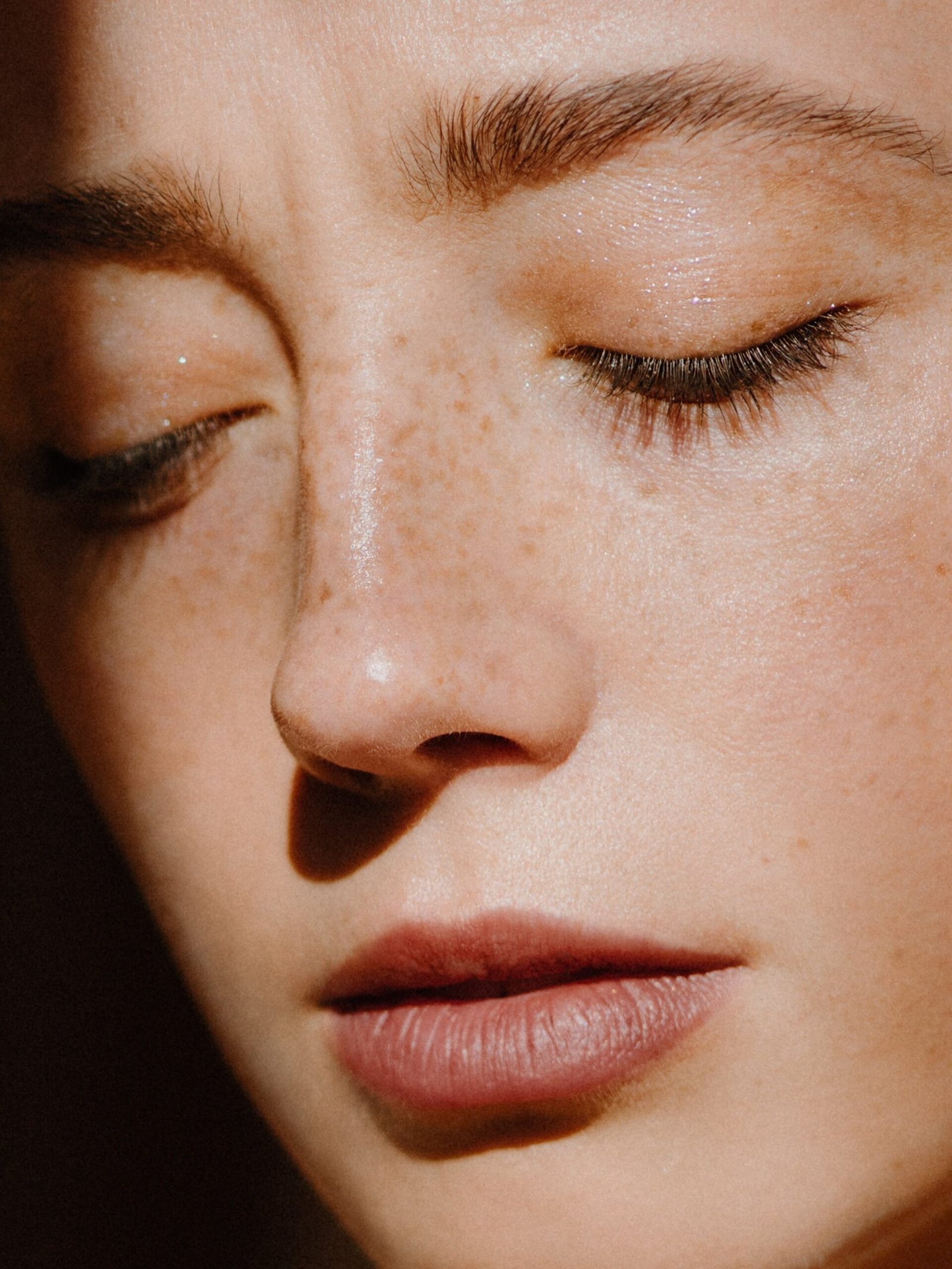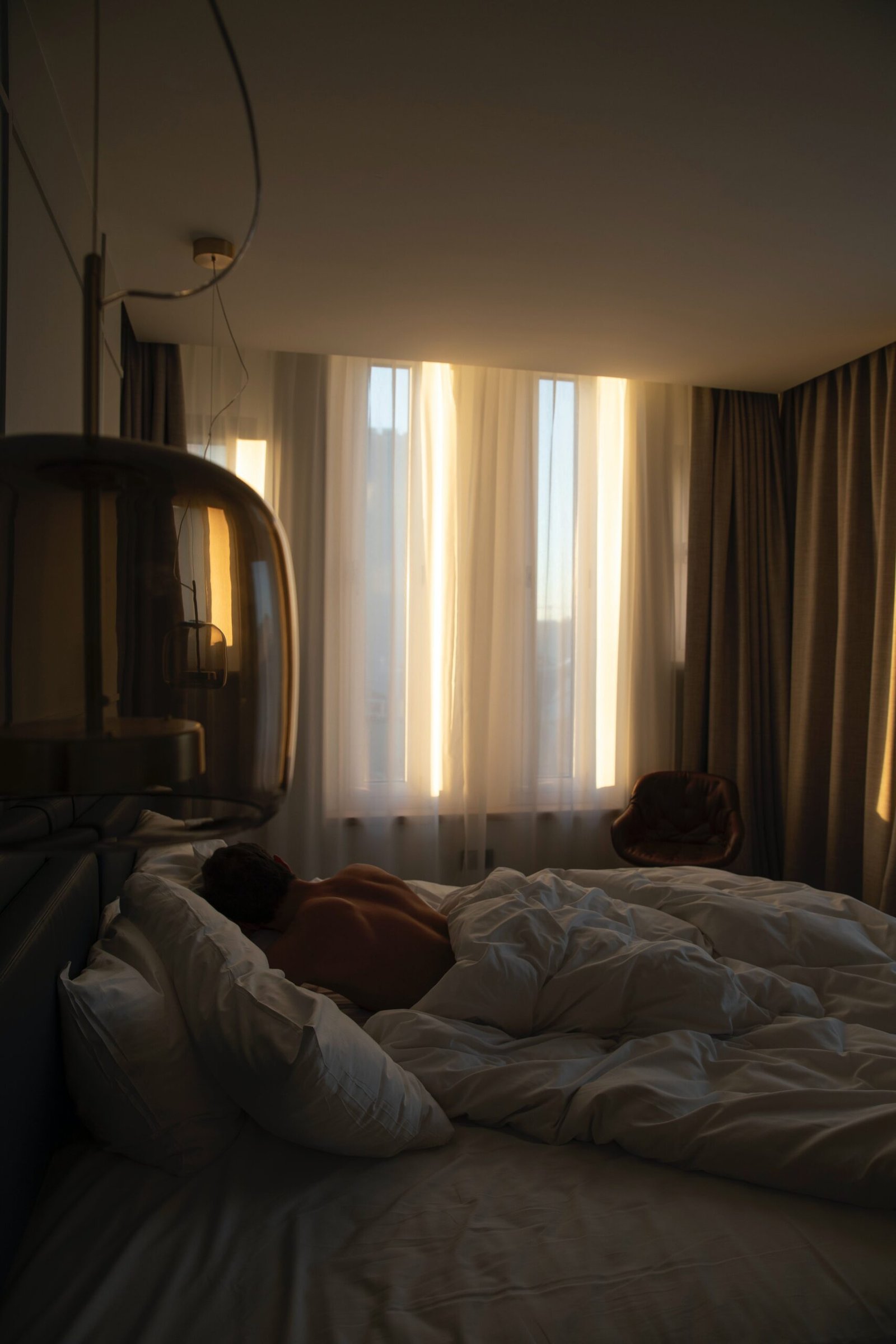
Are you struggling with GERD symptoms and finding it difficult to get a good night’s sleep? Look no further! In this article, we will explore the best sleeping position to relieve GERD symptoms. By making a simple adjustment to how you sleep, you can effectively reduce the discomfort and frequency of acid reflux, allowing you to wake up refreshed and symptom-free. Say goodbye to sleepless nights and hello to a peaceful slumber! So, let’s find out which side is the best side to sleep on with GERD.
The Best Sleeping Position to Relieve GERD Symptoms

Why Sleeping Position Matters
When it comes to managing GERD (Gastroesophageal reflux disease) symptoms, your sleeping position can play a crucial role in alleviating discomfort and promoting better sleep quality. By understanding the impact of GERD on sleep and considering various factors, you can find the ideal sleeping position that works best for you.
The Impact of GERD on Sleep
GERD can significantly disrupt your sleep, leading to a host of issues such as fatigue, daytime drowsiness, and reduced overall well-being. The backward flow of stomach acid into the esophagus, commonly known as acid reflux, can cause discomfort and heartburn, making it difficult to fall asleep or stay asleep throughout the night. By finding the right sleeping position, you can minimize the impact of GERD on your sleep and improve your overall quality of life.
Factors to Consider
Several factors come into play when determining the optimal sleeping position for GERD relief. These factors include individual differences, severity of symptoms, existing medical conditions and medications, as well as personal comfort and sleep quality. By taking these factors into account, you can make an informed decision about which sleeping position is best suited for your needs.

1. Sleeping on the Left Side
Sleeping on your left side is often recommended for individuals with GERD. This position has several benefits as it utilizes gravity to keep stomach acid from flowing back into the esophagus. By positioning yourself on your left side, you can prevent acid reflux and heartburn, improving your sleep quality and reducing nighttime symptoms.
2. Elevating the Upper Body
Another effective method to relieve GERD symptoms during sleep is to elevate the upper body. This can be achieved by using adjustable beds that allow you to raise the head of the bed or by using wedge pillows specifically designed to elevate the upper body. By maintaining the proper incline angle, you can help prevent acid reflux and minimize discomfort caused by GERD.
3. Sleeping on the Right Side
While sleeping on the left side is often recommended, some individuals may find relief by sleeping on the right side instead. However, it is essential to note that sleeping on the right side may potentially worsen reflux symptoms for some individuals, as it allows stomach acid to flow more easily into the esophagus. It is advisable to experiment and determine which side provides the most relief for you personally.

4. Sleeping on the Back
Sleeping on your back can be beneficial for individuals with GERD. This position helps keep the head elevated, preventing acid reflux and reducing the risk of airway obstruction. However, for certain individuals, sleeping on the back may increase the likelihood of experiencing acid reflux symptoms, so it is important to assess personal comfort and make adjustments accordingly.
5. Sleeping in the Fetal Position
The fetal position, where you sleep on your side with your knees drawn up towards your chest, can help relieve pressure on the lower esophageal sphincter (LES) and minimize acid reflux incidents. By curling up in this position, you can potentially reduce the severity of GERD symptoms and experience a more comfortable night’s sleep.
6. Avoiding the Stomach-Down Position
Sleeping on your stomach is generally not recommended for individuals with GERD. This position can put excessive pressure on the stomach, encouraging acid reflux and causing discomfort. While it may be challenging to change your preferred sleeping position, avoiding stomach-down sleep can significantly improve your sleep quality and alleviate GERD symptoms.
7. Using Pillows for Support
To enhance your sleeping position for GERD relief, consider using additional pillows for support. Placing a pillow under your head and neck can help elevate the upper body, preventing acid reflux. Additionally, using a pillow between your knees while sleeping on your side can provide support and enhance comfort during the night.
8. Adjusting Bed Pillows and Mattress
In addition to using extra pillows, adjusting your bed pillows and mattress can further improve your sleeping position for GERD relief. By propping up the head of your mattress slightly or using a foam wedge mattress topper, you can achieve a gentle incline that keeps stomach acid in its rightful place. It may require some trial and error to find your optimal pillow and mattress configuration, but the effort will be worth it for a better night’s sleep.
9. Trying Different Sleep Aids
If adjusting your sleeping position alone is not providing enough relief, it may be worth considering various sleep aids that can further support your GERD management. For example, using over-the-counter antacids or acid reducers before bed can help reduce acid production and minimize symptoms during sleep. However, it is crucial to consult with your healthcare professional before introducing any new sleep aids into your routine to ensure they are safe and effective for your specific situation.
10. Seeking Professional Advice
If you are struggling to find the best sleeping position to relieve your GERD symptoms, it is recommended to seek professional advice from a healthcare provider. They can assess your individual condition, provide personalized recommendations, and suggest additional treatment options if necessary. Seeking professional guidance can be instrumental in finding the most effective sleeping position for your GERD relief.
Conclusion
Finding the right sleeping position to relieve GERD symptoms requires a combination of understanding the impact of GERD on sleep, considering individual factors, and experimenting with different positions and sleep aids. By prioritizing your sleep quality and managing your GERD effectively, you can alleviate discomfort, reduce nighttime symptoms, and ultimately improve your overall well-being. Remember, it may take some time and adjustments to find your optimal sleeping position, but with perseverance and professional guidance, you can achieve better sleep while managing GERD.





